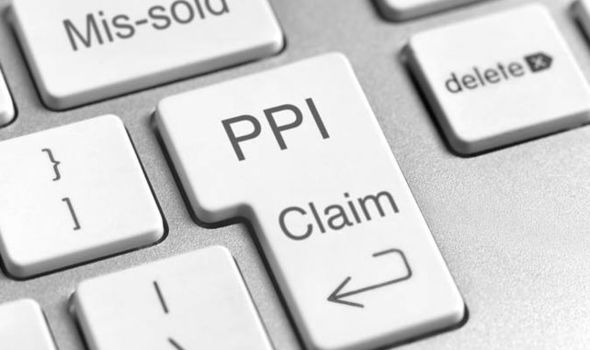There is a good chance that the PPI deadline hasn’t been at the forefront of your mind over Christmas and New Year’s. But now that 2019 has arrived, the deadline is getting considerably close. 29th August 2019 is the cut-off date for sending PPI claims to your bank. The date, set by the Financial Conduct Authority (FCA), aims to put an end to the PPI saga.
Many individuals are tired of cold calls and adverts featuring Arnold Schwarzenegger’s robotic head. Soon, these will end. But before they do, you should ask yourself — are you due a PPI refund?
How Do I Know if I Had PPI?
One of the reasons many people tune out PPI adverts is because they believe it’s irrelevant to them, but this is not the case. PPI policies were commonly sold alongside mortgages, loans and credit cards up until 2010. The majority of these were mis-sold in the 1990s. However, many were sold years before and some after the millennium as well.
The best way to find out if you had PPI is to check old financial paperwork. This might not always be possible. In this instance, using a claims management company, solicitor or contacting the bank will help you to identify PPI policies.
Why Make a Claim?
Did you know that the average PPI claim amount is £1,700? The total refunded to customers to date is over £33 billion. This figure is likely to increase significantly after all of the PPI claims are completed. If you’re saving for a holiday, mortgage or something special, this money can be a huge help. It can also help pay off some debt after Christmas.
With so many individuals unaware that they can claim PPI, it’s 100% worthwhile taking the time to check if you could be one of them. Even for complex cases such as old joint accounts, getting a refund is possible. With just eight months left, there is no harm in finding out.
How to Make a PPI Claim
Making a PPI claim can be a simple process, but it can also be lengthy, depending on whether you have old financial paperwork. The first step is to identify any old PPI policies. If you have previous statements and agreements from the bank, this is the easiest place to find evidence of a policy. It’s important to note that it may be listed under a different name, such as:
- Accident, sickness and unemployment cover (ASU)
- Loan care
- Card protector
- Repayment cover
Once you have this evidence, you can make your claim to the bank. But, the most important part is to explain how PPI was mis-sold to you. Here are some of the most frequent ways that policies were mis-sold:
- Told that it was compulsory with the financial product
- Added without consent
- Told it would increase the chances of being accepted for the loan/credit card/mortgage
- Unknown high levels of commission — you can complain about this due to the Plevin ruling
- The full terms and conditions were not explained (for example, a PPI policy could not be used if you were self-employed)
With these two pieces of information, you can now submit your claim to the bank and wait for a response. Once it has acknowledged your claim, it should respond within eight weeks. However, an increase in claims due to the deadline could make your case take longer.
If you don’t know where to start with making a claim and have no old paperwork, a PPI claims company can do the work for you. New regulations mean companies cannot charge you more than 20% + VAT on successful claims. Some companies do charge less than this while still providing excellent service. Look online to find the best PPI claims companies.
Don’t miss the chance to receive a refund that you are rightfully owed. Make some time before August to check if you can reclaim PPI.







